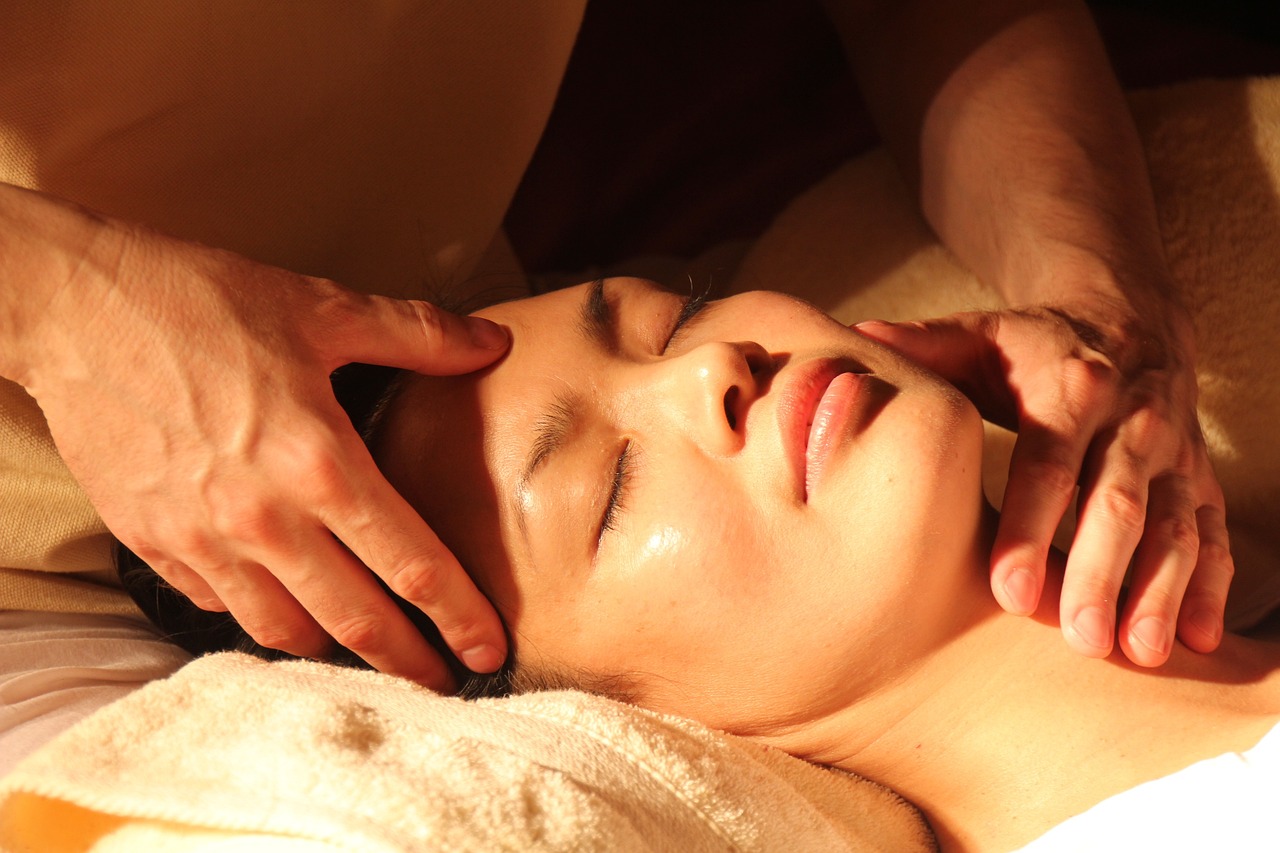Understanding the Science and Art of Botox
From its origins as a medical treatment for muscle spasms to its current status as one of the most popular cosmetic procedures worldwide, Botox has captured the public's fascination and continues to intrigue with its transformative possibilities. This article delves into the science and art of Botox, exploring its history, impact, and the unique insights this treatment offers.

The Journey of Botulinum Toxin
The story of Botox begins with the discovery of its main ingredient, the botulinum toxin, in the late 19th century. Initially recognized for its deadly potential, the toxin was eventually harnessed for its muscle-relaxing properties, leading to its first medical application in the 1960s for treating eye disorders. However, it wasn’t until the 1990s that the cosmetic potential of Botox was recognized, leading to its FDA approval for treating wrinkles in 2002. Today, Botox is a household name, synonymous with non-surgical anti-aging treatments.
Botox: More Than Just Wrinkle Eraser
While Botox is best known for its ability to smooth out wrinkles and fine lines, its applications extend beyond aesthetics. Botox has been found effective in treating a range of medical conditions, including migraines, excessive sweating, bladder dysfunction, and certain muscular disorders. It’s also being studied for its potential in treating depression, with early results indicating that Botox injections into specific facial muscles can alleviate symptoms. This diversity of use underlines the nuanced understanding and application of Botox in both medical and cosmetic fields.
The Rise of ‘Preventative’ Botox
In recent years, there has been a noticeable shift in the demographic of Botox users, with younger individuals seeking treatments as a preventative measure against wrinkles and fine lines. This trend of ‘preventative’ Botox is largely driven by social media and the increasing cultural emphasis on youthful appearances. While the long-term effects of this preventative approach are still being studied, it’s undeniable that Botox has permeated younger generations, reshaping our understanding of aging and beauty standards.
The Artistry Behind Botox Treatments
Botox isn’t a one-size-fits-all solution. Applying it effectively requires a deep understanding of facial anatomy and an artistic eye. Skilled practitioners need to consider various factors, including a patient’s age, skin condition, facial structure, and desired outcome, to determine the precise injection locations and dosages. A successful Botox treatment not only enhances physical appearances but also preserves the individual’s unique features and expressions, reinforcing the idea that beauty treatments should be about individual enhancement, not uniformity.
The Future of Botox in the Beauty Industry
As a testament to its versatility and effectiveness, Botox remains a key player in the continuously evolving beauty industry. Innovative techniques, such as ‘Micro-Botox’ for skin texture improvement and ‘Botox Lip Flip’ for a subtle lip enhancement, are emerging, broadening the possibilities of Botox treatments. Moreover, research into new applications and potential health benefits continues to progress, promising a future where Botox may play even more integral roles in both cosmetic and therapeutic contexts.
Botox is more than just a beauty trend; it’s a testament to the intersection of science, art, and our cultural perception of beauty. As we continue to explore its potential, Botox serves as a powerful reminder of the complexities and possibilities inherent in the pursuit of beauty. Whether used to combat wrinkles or migraines, the story of Botox is far from over. It continues to evolve, reflecting our ever-changing understanding and appreciation of beauty and health.



